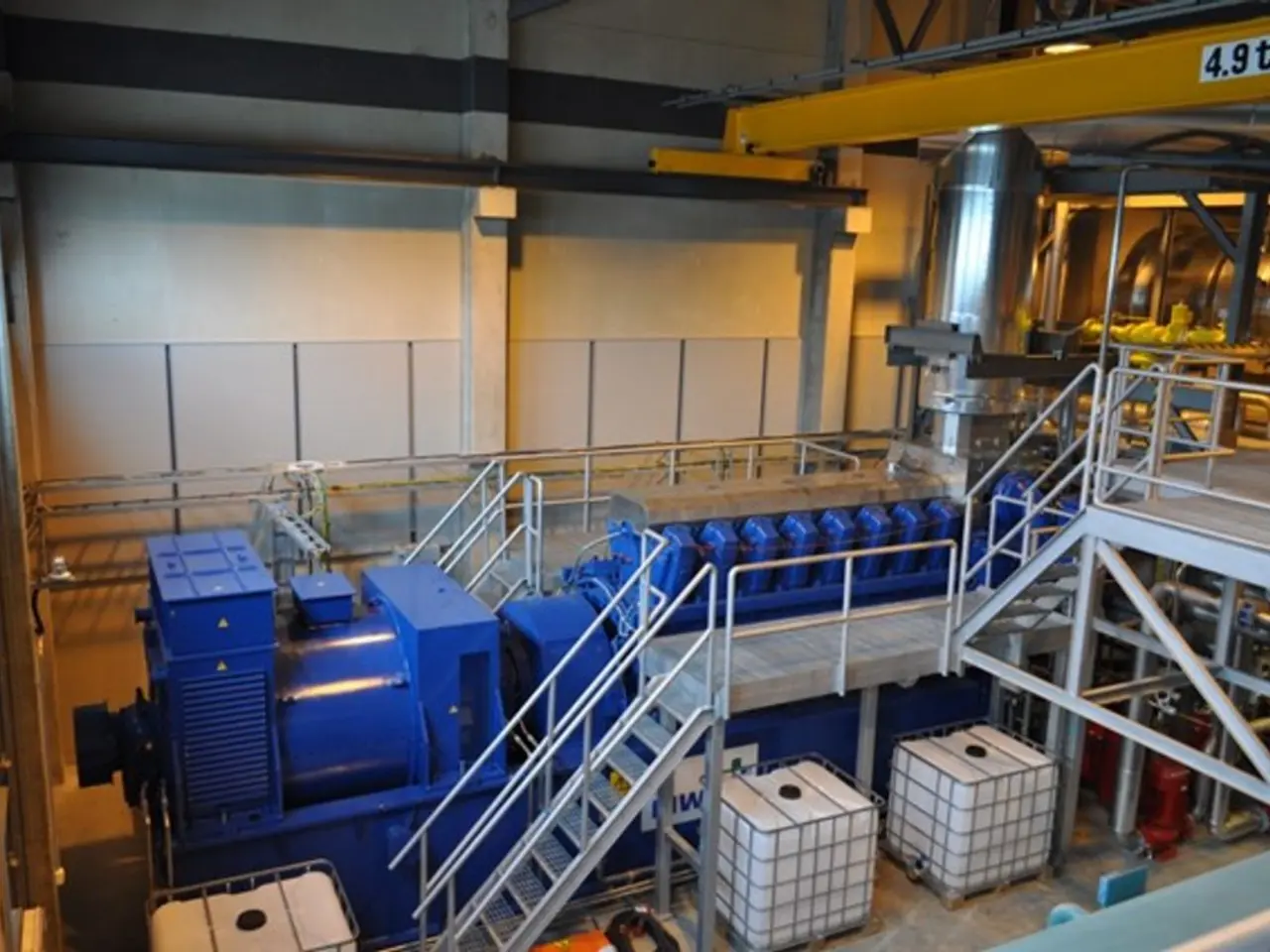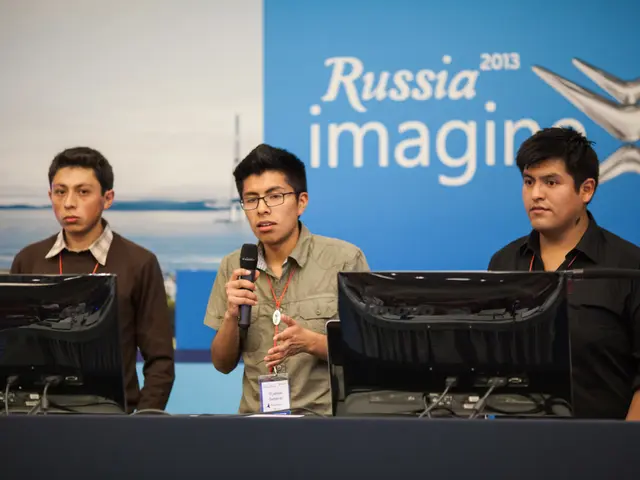U.S. Trade Representative Implements Final Measures in China's Shipbuilding Inquiry Under Section 301
The United States Trade Representative (USTR) has announced a series of measures aimed at promoting the use of American vessels in the international maritime transport of liquefied natural gas (LNG) and increasing the US-flagged international fleet.
In a final notice issued on April 17, 2025, the USTR finalized with modifications the proposed actions that it originally published in February 2025. The notice follows the reintroduction of the SHIPS for America Act of 2025 in April 2025.
From April 17, 2028, licenses for the export of LNG from the United States will mandate the use of US vessels for a certain percentage of LNG exports. Liquefied natural gas tankers will face a rule requiring certain percentages of US LNG exports to be carried on US-built LNG tankers, instead of fees.
The USTR is also proposing to impose additional tariffs on certain ship-to-shore cranes, shipping containers, truck chassis, and chassis parts. The notice also proposes a 100% tariff on ship-to-shore cranes, affecting both Chinese-origin and third-country cranes with Chinese components or links to Chinese companies.
Vessel operators may receive three-year waivers if they order and take delivery of a US-built LNG vessel of equivalent or greater capacity within those three years. The fees on vessel operators, Chinese-owned vessels, Chinese-built vessels, and foreign-built vehicle carriers will gradually increase in size over the next few years.
The fees on Chinese-built vessels and foreign-built vehicle carriers allow for a suspension of the vessel fees on a particular vessel for up to three years if the owner orders and takes delivery of a US-built vessel of equal or greater size. The fees on Chinese owned or operated vessels and Chinese-built vessels are capped at being charged five times per year per vessel.
The USTR is inviting public comments on the proposed ship-to-shore crane and cargo handling tariffs, with a deadline of May 19. The search results do not provide specific information about which US companies are affected by the new tariffs imposed by the USTR on Chinese seaport service and shipbuilding sectors.
The action will impose significant new port service fees on vessels owned or operated by China-linked entities, most vessels built in China but operated by non-Chinese entities, and all foreign-built vehicle carriers. The USTR is considering fees on Chinese-built offshore vessels, but no details have been provided.
The initial requirement is 1% of US exports to be carried on US-flagged and US-operated vessels, which will gradually increase over 22 years, reaching 15% on April 17, 2047. The requirements will gradually phase into effect over the next few years, beginning with the first fees on covered vessels arriving at a US port from outside the customs territory of the United States on October 14, 2025.
The USTR intends to continue exploring responsive actions regarding Chinese digital logistics platforms (e.g., LOGINK). The notice states that CBP will provide additional guidance on payment processes.
The bill also grants market access preferences and reduced tariff rates to import cargo transported on US vessels, supports shipbuilding innovation, and supports maritime workforce development. The USTR issued a final notice on April 17, 2025, for its Section 301 investigation on China's targeting of the maritime, logistics, and shipbuilding sectors.
Read also:
- Fructose Market Forecasted to Exceed $8.1 Billion by 2034
- Senate Tillis under spotlight in North Carolina as IRA tax incentives remain uncertain
- projected growth for the natural acetoin market: $291.6 million by 2034
- Aston Martin could potentially fit the Valkyrie race car with a straight pipe exhaust system.








